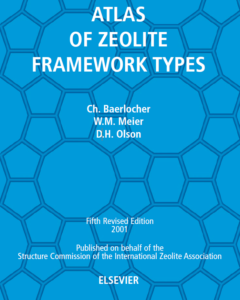
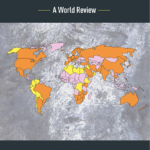 Alkali-Aggregate Reaction in Concrete: A World Review_کتاب واکنش قلیایی سنگدانه در بتن: یک مرور در اطلس جهان
Alkali-Aggregate Reaction in Concrete: A World Review_کتاب واکنش قلیایی سنگدانه در بتن: یک مرور در اطلس جهان
 Cathodic Protection for Reinforced Concrete Structures
Cathodic Protection for Reinforced Concrete Structures
 Concrete Buildings in Seismic Regions_ کتاب ساختمان های بتنی در نواحی زلزله خیز
Concrete Buildings in Seismic Regions_ کتاب ساختمان های بتنی در نواحی زلزله خیز
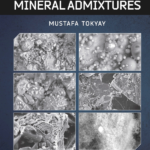 CEMENT and CONCRETE MINERAL ADMIXTURES_ مواد افزودنی معدنی برای سیمان و بتن
CEMENT and CONCRETE MINERAL ADMIXTURES_ مواد افزودنی معدنی برای سیمان و بتن
 Handbook on Concrete Block Paving – کتاب کفپوش های بتنی
Handbook on Concrete Block Paving – کتاب کفپوش های بتنی
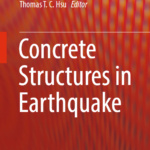 Concrete Structures in Earthquake_ سازه های بتنی در زلزله
Concrete Structures in Earthquake_ سازه های بتنی در زلزله
 Report on Measurements of Workability and Rheology of Fresh Concrete_ کتاب اندازه گیری کارایی و رئولوژی بتن تازه
Report on Measurements of Workability and Rheology of Fresh Concrete_ کتاب اندازه گیری کارایی و رئولوژی بتن تازه
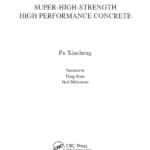 SUPER-HIGH-STRENGTH HIGH PERFORMANCE CONCRETE_ بتن با عملکرد فوق العاده بالا
SUPER-HIGH-STRENGTH HIGH PERFORMANCE CONCRETE_ بتن با عملکرد فوق العاده بالا
 Concrete Recycling_ بتن بازیافتی
Concrete Recycling_ بتن بازیافتی
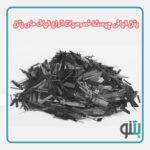 بتن الیافی چیست؟ خصوصیات انواع الیاف های بتن
بتن الیافی چیست؟ خصوصیات انواع الیاف های بتن
 Concrete Construction_ ساخت و ساز بتنی
Concrete Construction_ ساخت و ساز بتنی